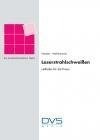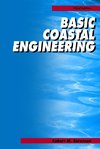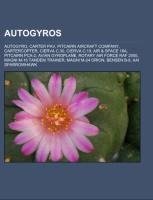
-
 Anglický jazyk
Anglický jazyk
Autogyros
Autor: Source: Wikipedia
Source: Wikipedia. Pages: 39. Chapters: Autogyro, Carter PAV, Pitcairn Aircraft Company, CarterCopter, Cierva C.30, Cierva C.19, Air & Space 18A, Pitcairn PCA-2, Avian Gyroplane, Rotary Air Force RAF 2000, Magni M-16 Tandem Trainer, Magni M-24 Orion, Bensen... Viac o knihe
Na objednávku
14.76 €
bežná cena: 16.40 €
O knihe
Source: Wikipedia. Pages: 39. Chapters: Autogyro, Carter PAV, Pitcairn Aircraft Company, CarterCopter, Cierva C.30, Cierva C.19, Air & Space 18A, Pitcairn PCA-2, Avian Gyroplane, Rotary Air Force RAF 2000, Magni M-16 Tandem Trainer, Magni M-24 Orion, Bensen B-8, AAI Sparrowhawk, Kellett KD-1, Autogiro Company of America AC-35, Little Wing Autogyro, Cierva C.40, Kellett K-2, Aerotechnik A-70, Cierva C.8, Rotorsport UK MT-03, Pitcairn PA-18, Super Rotor Andorinha, Pitcairn PA-19, Cierva C.6, Pitcairn PAA-1, McCulloch J-2, Kayaba Ka-1, Brock KB-2, Cierva C.24, Bensen B-7, Pitcairn OP, Hafner A.R.III Gyroplane, Cierva C.17, Layzell Cricket, Gadfly HDW.1, Hafner Rotabuggy, Cierva C.12, Wallis WA-116 Agile, Cierva C.9, Australian Autogyro Skyhook, Barnett J4B, Kay Gyroplane, MMIST CQ-10 Snowgoose, LIPNUR Kolentang, List of autogyro models, AISA GN, Ekin Airbuggy, Wallis WA-120, UFO HeliThruster, ADI Bumble Bee, Pitcairn XO-61, Xenon, Flettner Fl 184, ADI Sportster, Focke-Wulf Fw 186. Excerpt: An autogyro (from Spanish autogiro), also known as gyroplane, gyrocopter, or rotaplane, is a type of rotorcraft which uses an unpowered rotor in autorotation to develop lift, and an engine-powered propeller, similar to that of a fixed-wing aircraft, to provide thrust. While similar to a helicopter rotor in appearance, the autogyro's rotor must have air flowing through the rotor disc in order to generate rotation. Invented by the Spanish engineer Juan de la Cierva to create an aircraft that could safely fly at slow speeds, the autogyro was first flown on 9 January 1923, at Cuatro Vientos Airfield in Madrid. De la Cierva's aircraft resembled the fixed-wing aircraft of the day, with a front-mounted engine and propeller in a tractor configuration to pull the aircraft through the air. Late-model autogyros patterned after Dr. Igor Bensen's designs feature a rear-mounted engine and propeller in a pusher configuration. The term Autogiro was a trademark of the Cierva Autogiro Company, and the term Gyrocopter was used by E. Burke Wilford who developed the Reiseler Kreiser feathering rotor equipped gyroplane in the first half of the twentieth century. The latter term was later adopted as a trademark by Bensen Aircraft. An autogyro is characterized by a free-spinning rotor that turns because of passage of air upward through the rotor. The vertical component of the total aerodynamic reaction of the rotor gives lift for the vehicle, and sustains the autogyro in the air. A separate propeller provides forward thrust, and can be placed in a tractor configuration with the engine and propeller at the front of the fuselage (e.g., Cierva), or pusher configuration with the engine and propeller at the rear of the fuselage (e.g., Bensen). Whereas a helicopter works by forcing the rotor blades through the air, pushing air downwards, the autogyro rotor blade generates lift in the same way as a glider's wing by changing the angle of the air as it moves upwards and backwards relative to the ro
- Vydavateľstvo: Books LLC, Reference Series
- Rok vydania: 2019
- Formát: Paperback
- Rozmer: 246 x 189 mm
- Jazyk: Anglický jazyk
- ISBN: 9781155425535

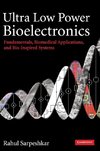


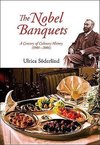


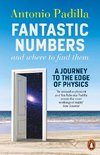
 Nemecký jazyk
Nemecký jazyk 

